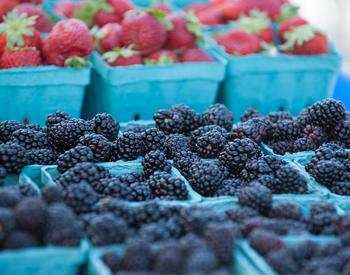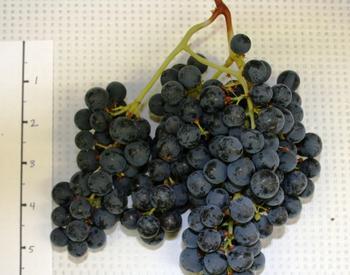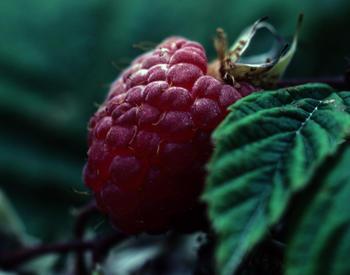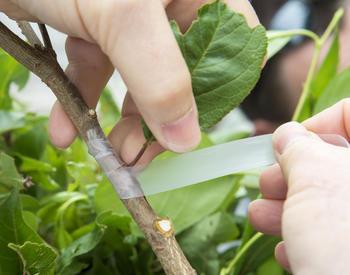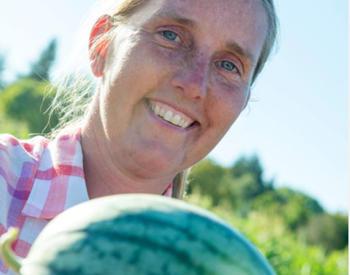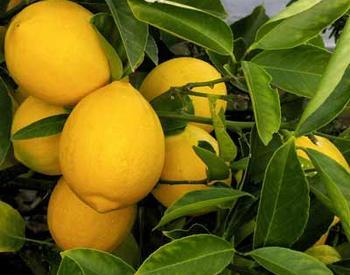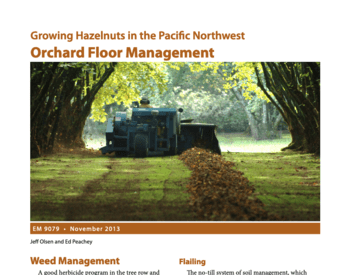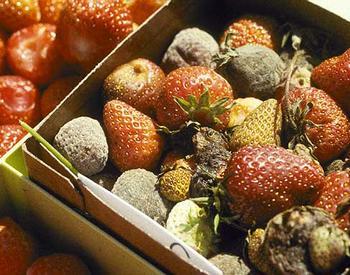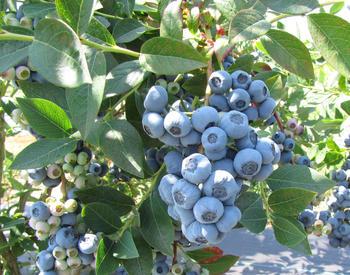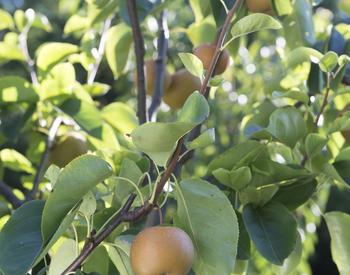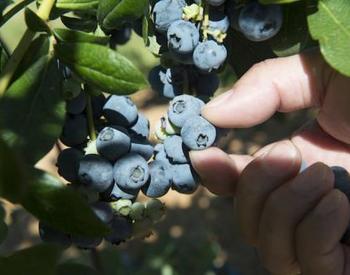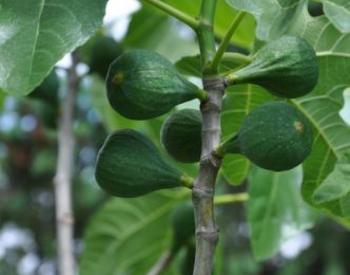Hi. Just noticed this as I started pruning my Liberty apple tree. What is it and how should I deal with it? The entire branch is nonproductive — perhaps I should cut it back to the trunk?
Another question: I recall reading somewhere that pruning should only be done when dry weather is on the horizon for 14 days. Is that true? I've got some pear trees and a couple more apple trees that I'd like to work on this week but we've got rain the forecast later in the week.
One final question: Can you recommend a business or a person that I can hire to spray my orchard? I have decided that is something that is best left to a professional. I live in Grants Pass.
This is likely apple anthracnose canker. Infection generally occurs during fall rains and first appears as a small, circular red spot on the bark; new cankers are most visible when the bark is moist. The discoloration extends into the tissue as far as the sapwood which contains the functioning vascular tissue.
Disease management relies heavily on pruning out the cankers to remove the inoculum source. Stems or trees that are heavily infected with cankers should be removed from the orchard and burned. The mainstay of apple canker control is pruning out the cankers. If the canker pathogen is a fungus, prune off the cankers in early summer. After that, spray the area with a Bordeaux mixture or approved fixed copper materials. Since fungal cankers only attack apple trees suffering from drought or other cultural stress, you may be able to prevent these cankers by taking excellent care of the trees.
The best time to prune trees is during the dormant period, usually in late winter from November to March. It is best to make pruning cuts during dry weather. Dead or diseased branches should be removed as soon as possible.
Pruning that is done during:
- The dormant season tends to have an invigorating effect on tree growth.
- The summer tends to slow growth by removing leaves that manufacture nourishment. However, too much summer pruning can damage a tree.
- The spring (post-dormancy) and fall (pre-dormancy) is generally the least desirable time as the plant is most vulnerable during those times.
When cutting off large limbs, always preserve the branch collar, the raised tissue at the base of every branch. The branch collar contains specialized cells that allow a tree to seal off pruning wounds and prevent rot from damaging the branch’s heartwood. Make your pruning cut at an equal and opposite angle from the branch bark ridge.
It would be best if you have a forecast of 3 days or so of dry weather. This would be the best weather condition for spraying fruit trees as well. I am not aware of contractors in your area that do spraying. I would recommend you look online for such services, ask your neighbors or contact the Josephine County Extension office.
Use pesticides safely!
- Wear protective clothing and safety devices as recommended on the label. Bathe or shower after each use.
- Read the pesticide label—even if you’ve used the pesticide before. Follow closely the instructions on the label (and any other directions you have).
- Be cautious when you apply pesticides. Know your legal responsibility as a pesticide applicator. You may be liable for injury or damage resulting from pesticide use.
